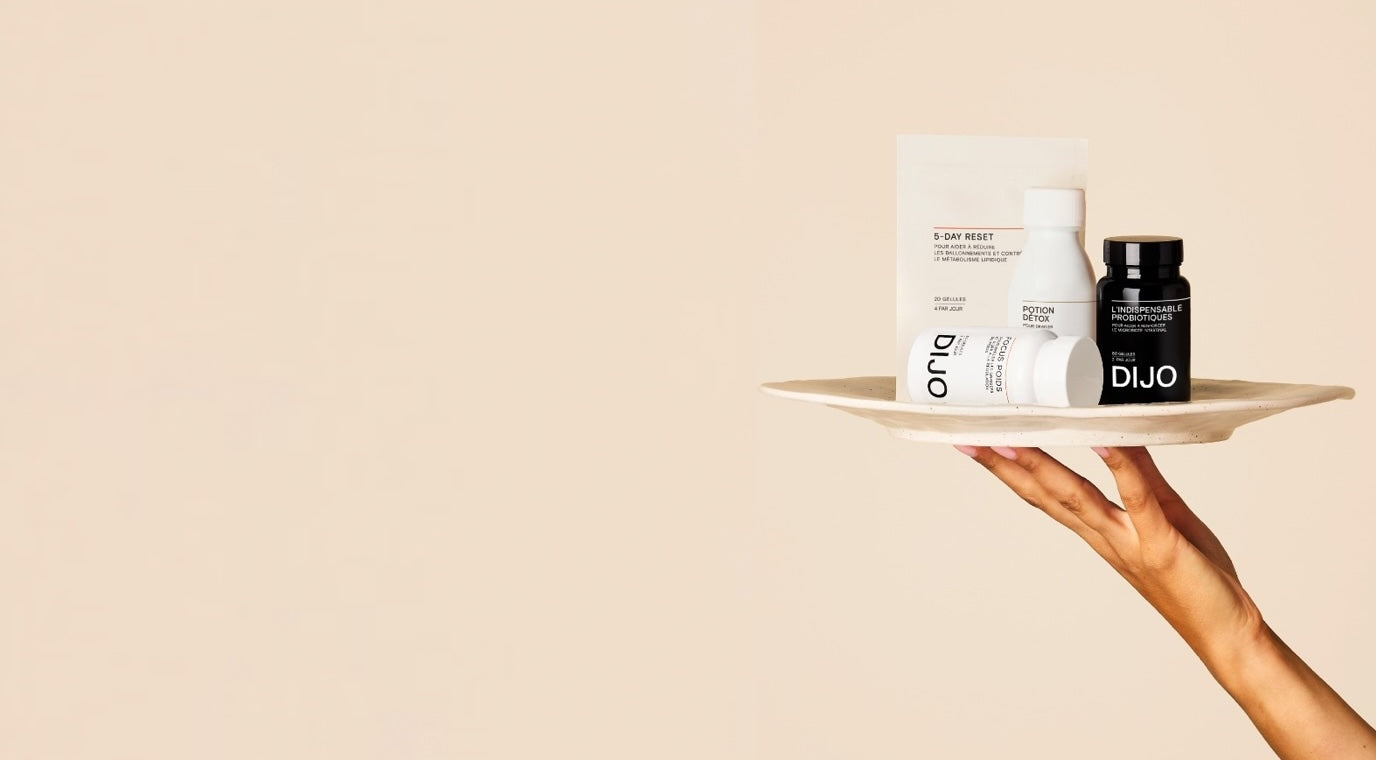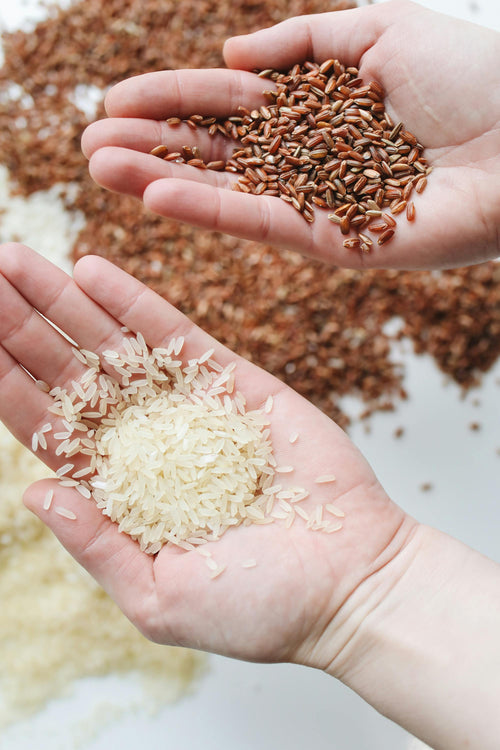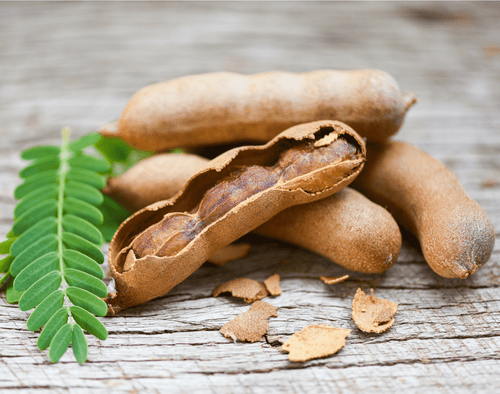
What you must remember:
- Lactobacillus brings together different lactic acid bacteria present within our intestinal microbiota
- They are essential for maintaining optimal digestive health as well as a functioning immune system.
- They also have strong antimicrobial and anti-inflammatory properties
- There is no contraindication or official dosage (at least 2 billion CFU)
What is lactobacillus?
Lactobacillus, or lactobacillus by its scientific name, is a genus of lactic acid bacteria.
Just like bifidobacterium , it is one of the main components of the intestinal microbiota , a real collection of microorganisms arranged along the intestinal tract.
This intestinal microbiota is involved in many functions of the body: digestive, immune, cerebral and metabolic and thus allows for good functioning of the body overall. If this ecosystem becomes unbalanced, this can lead to the occurrence of intestinal porosity and thus intestinal hyperpermeability .
Within the microbiota, this type of bacteria plays a role as essential probiotics due to their action in balancing the microbiota.
Different types of lactobacilli
Lactobacillus currently lists nearly 200 species, including: Lactobacillus crispatus, Lactobacillus gasseri, Lactobacillus jensenii.
Some bacteria show a stronger ability to adhere to the intestinal mucosa than others: L. rhamnosus , L. acidophilus , L. reuteri , L. gasseri .
Foods rich in lactobacillus
Among the foods richest in lactobacillus , we find certain dairy products such as yogurts, cheeses, kefir. These are foods that bring the fermentation process into play.
This consists of a transformation of organic matter by microorganisms which secrete enzymes. This produces different compounds: alcohol, acetone, lactic acid.
In addition, consuming foods rich in fiber with a prebiotic effect will help promote the growth of these bacteria. Here are some foods rich in prebiotic fiber :
- Legumes : lentils, peas, beans
- Whole grains : rice, quinoa, wheat, buckwheat
- Oilseeds : almonds, walnuts, hazelnuts, rapeseed,
- Raw and/or lightly cooked fruits and vegetables
The benefits of lactobacillus
Due to the diversity of species grouped in the lactobacillus genus, there are various benefits to their presence within our microbiota.
Lactobacillus and digestive transit
Due to their colonization of the microbiota, lactobacillus bacteria will have a direct action on improving the digestive system by facilitating the digestion of numerous compounds such as fiber but also lactose. In fact, these lactic acid bacteria aim to digest lactose at the intestinal level, which helps prevent the occurrence of discomfort and digestive disorders.
Their overall health benefit therefore gives them the status of “good bacteria” inducing a strengthening of the intestinal wall and fighting against the entry of pathogens.
Lactobacillus and the immune system
Lactobacillus secrete antimicrobial substances in the intestine . They also induce modulation of the immune system by initiating the production of immune cells locally but also globally, by inhibiting bacterial infections and limiting the expansion of viral infections. The stress response is also strongly modulated by lactobacillus. In addition, their action can be increased by the presence of bifidobacterium.
Here are some strains with powerful anti-microbial effects: L. casei , L. fermentum , L. acidophilus.
Lactobacillus and anti-inflammatory properties
Lactobacillus has a direct action on inflammation due to its involvement in the immune system. In fact, it causes the suspension of the expression of certain toxins ingested through food. This helps improve the inflammatory response, by increasing the production of inflammatory cells, to thus fight against potential pathogens and other infections.
Lactobacillus and vaginal flora
It is common to speak of the microbiota to refer to the intestinal microbiota, however there are others. The vaginal microbiota is a very fragile ecosystem because it is present in an area that can easily be affected by infections and other microbial problems. In fact, 75% of women experience a vaginal infection during their lifetime. Others will also face urinary infections.
The vaginal flora is mainly made up of lactobacillus. The reduction in the diversity of these lactic acid bacteria results in a reduction in antimicrobial properties.
In women with vaginosis, lactobacillus is often replaced by pathogens such as Candida Albicans, Staphylococcus aureus or other anaerobic bacteria.
Lactobacillus and cancer
Lactobacillus has strong antioxidant properties. In fact, it helps reduce the production of free radicals and thus slow down cellular aging.
Its anti-cancer properties are particularly highlighted in studies dedicated to colorectal cancer. However, these studies are only at the preclinical stage, so it is not possible to demonstrate a guaranteed therapeutic effect.
Indications and dosage of lactobacillus
Just like bifidobacterium, at present, there is no official recommendation for the dosage of lactobacillus but it is possible to take a dose ranging from 1 billion to 30 billion CFU* per day .
Most scientific studies identifying health benefits use doses of 2 to 10 billion CFU. The higher the dose, the deeper and more lasting the effects will be .
*Colony Forming Unit: estimation of the number of bacteria
Bring lactobacillus to your body thanks to DIJO
At DIJO, we have developed a range of probiotics which all contain lactobacillus. We have selected the strains with the best actions on digestive transit as well as immunity to guarantee a good balance of the intestinal microbiota.
Our essential probiotics are therefore the ideal ally that we systematically recommend as a first intention in order to provide good bacteria and promote this precious balance. Our range also includes a product suitable for children aged 0 to 18, called children's probiotics . The family pack which combines essential probiotic and Child probiotics is also available on our site. We have also designed a product adapted to urinary and vaginal problems which restores feminine balance , called probiotic vaginal flora .
Sources :
[1] Heeney, DD, Gareau, MG, & Marco, ML (2018). Intestinal Lactobacillus in health and disease, a driver or just along for the ride?. Current opinion in biotechnology, 49, 140–147. https://doi.org/10.1016/j.copbio.2017.08.004
[2] Di Cerbo, A., Palmieri, B., Aponte, M., Morales-Medina, JC, & Iannitti, T. (2016). Mechanisms and therapeutic effectiveness of lactobacilli. Journal of clinical pathology, 69(3), 187–203. https://doi.org/10.1136/jclinpath-2015-202976
[3] Shokryazdan, P., Sieo, CC, Kalavathy, R., Liang, JB, Alitheen, NB, Faseleh Jahromi, M., & Ho, YW (2014). Probiotic potential of Lactobacillus strains with antimicrobial activity against some human pathogenic strains. BioMed research international, 2014, 927268. https://doi.org/10.1155/2014/927268
























